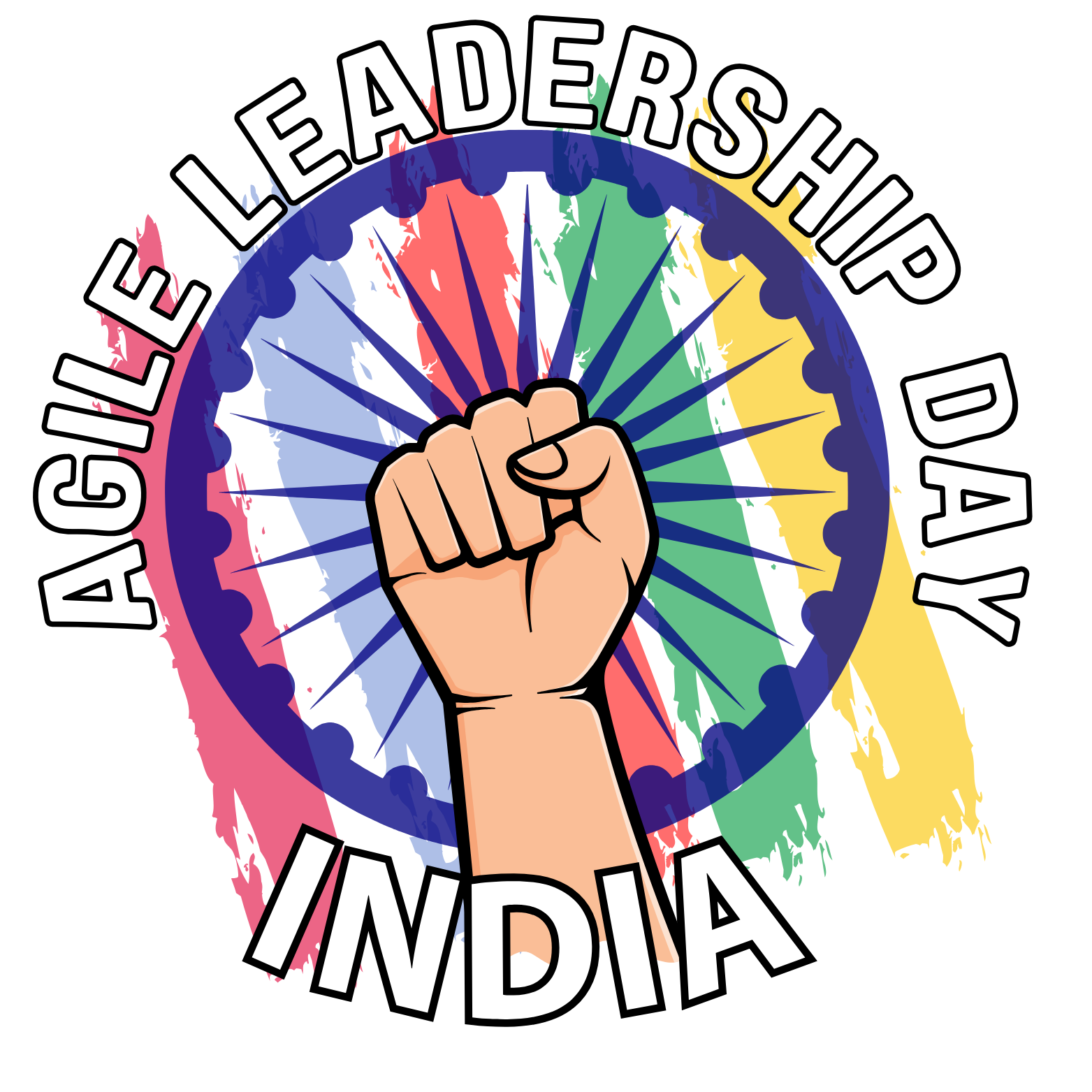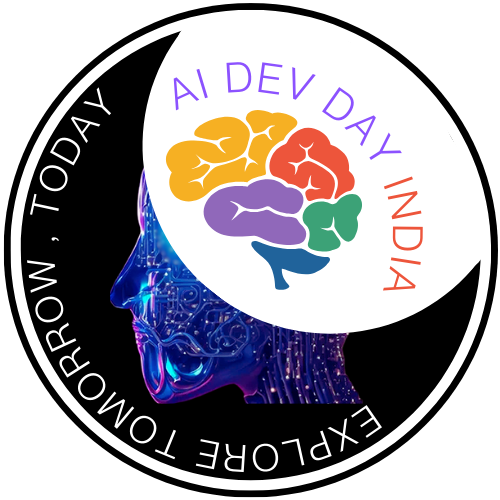6 Hard Truths About Agile from the People Who Wrote the Manifesto
In the modern business world, the language of Agile is everywhere. We talk about sprints, join daily stand-ups, and participate in retrospectives. These rituals have become so common that it’s easy to believe we have a firm grasp on what it means to be Agile. It's the established way for teams to build products, respond to change, and deliver value.
But what if the rituals we call "Agile" today are a shadow of the original idea? What did the 17 people who gathered at a ski resort in 2001 really intend? They met to find an alternative to the documentation-driven, heavyweight processes that dominated the industry, seeking a better way of working that put people, collaboration, and working software at the center.
This article explores some of the most surprising and impactful truths from the minds behind the Agile Manifesto, based on their own reflections. It's a look beyond the buzzwords to understand the original spirit of a movement defined by intent—and what its creators think of the reality it has become.
1. It Wasn’t an Invention, It Was a Discovery of "Common Ground"
The Agile Manifesto was not created in a vacuum as a revolutionary new concept. Instead, it was the result of a deliberate effort to find consensus. In February 2001, seventeen independent-minded software practitioners convened at The Lodge at Snowbird ski resort in Utah.
They were representatives of various "lightweight" software development methods, and their goal was to identify what their seemingly different approaches had in common. This was not the invention of a single guru, but the codification of pre-existing, battle-tested wisdom from disparate schools of thought.
Methods Represented at the Meeting:
- Extreme Programming (XP)
- Scrum
- Dynamic Systems Development Method (DSDM)
- Adaptive Software Development
- Crystal
- Feature-Driven Development
The participants were keenly aware that agreement would be difficult. As Jim Highsmith later wrote, this skepticism was palpable. He recalled Alistair Cockburn's initial feeling, which reflected the thoughts of many in the room:
"I personally didn't expect that this particular group of agilities to ever agree on anything substantive." - Alistair Cockburn
The document that emerged was not an invention, but a distillation of shared values that were already being practiced successfully in pockets across the industry.
2. The Creators Were Shocked by Its Success
Despite the strong convictions of the people in the room, most of the Manifesto's authors had humble expectations for its impact. They did not anticipate that the four values and twelve principles they documented over a two-day meeting would spark a global movement that would reshape the software industry and beyond. This humility underscores a key truth: the Manifesto was a statement of shared values, not a calculated marketing campaign, which is perhaps the very reason it resonated so powerfully.
Jim Highsmith admitted that the success "took off faster than all authors of the manifesto anticipated." The ideas found a ready audience in developers and teams who felt constrained by bureaucratic, process-heavy environments.
This surprise was a common sentiment among the group. James Grenning reflected that it took him a couple of years to realize what a "big deal" it had become, noting that at the time of its writing, none of them thought anyone would really care about it. This initial perspective stands in stark contrast to the Manifesto's almost legendary status in business and software development today.

3. It's Really About the "Mushy Stuff", Not Just Processes
While modern Agile is often defined by its ceremonies—stand-ups, sprints, retrospectives—the creators emphasize that its core is cultural, not procedural. The movement was fundamentally about creating better working environments built on a foundation of trust, respect, and collaboration, reacting against corporate cultures that treated people like replaceable assets.
"At the core, I believe Agile Methodologists are really about 'mushy' stuff—about delivering good products to customers by operating in an environment that does more than talk about 'people as our most important asset' but actually 'acts' as if people were the most important, and lose the word 'asset'." - Jim Highsmith
This focus on the "mushy stuff"—the culture and values—is the very essence of what Arie van Bennekum calls "being agile" versus merely "doing agile." The distinction is that "doing agile" involves following rituals without understanding, while "being agile" requires a fundamental change in the organization to overcome old paradigms and truly empower teams.
4. Agile Is Not Anti-Documentation or Anti-Planning
One of the most persistent and damaging misinterpretations of the Agile Manifesto is that it advocates for no documentation and no planning. This is a fundamental misunderstanding of its message. The Manifesto is not about eliminating processes, tools, documentation, or plans; it is about establishing priorities.
The authors made this point explicitly: "That is, while there is value in the items on the right, we value the items on the left more."
This means that working software is valued more than comprehensive documentation, not that documentation has no value. We embrace documentation, but not hundreds of pages of never-maintained and rarely-used tomes. We plan, but recognize the limits of planning in a turbulent environment.
5. Some of Its Biggest Critics Are Its Own Creators
Perhaps the most surprising truth is that many of the Manifesto's original authors are deeply concerned with the state of the modern "Agile industry." The original intent to create a safer, more respectful environment for developers has, in the eyes of many creators, been inverted.
They now see a commercialized industry that often creates new forms of pressure through shallow certifications, misused frameworks, and a fundamental misunderstanding of its core principles. This has led to what Ron Jeffries calls "dark scrum"—a focus on process that harms developers and results in "sloppy software craftsmanship."
"I hope the hack that someone building software that can kill you is not following the same process as someone designing some start up bullshit webpage. Please tell me not to follow the same methodology." - John Kern
They never intended Agile to be a one-size-fits-all silver bullet. Context always matters.

Are You Doing Agile, or Being Agile?
Reflecting on the history of the Agile Manifesto reveals a significant gap between its original intent and much of modern practice. The spirit of Agile—its focus on people, its pragmatic prioritization of values, and its foundation in trust—is far more important than any specific ceremony.
The authors saw the Manifesto as a starting point, not a final destination. As author Andy Hunt stated, "Scrum is not the end of the road for being agile, neither XP." The principles were meant to guide teams as they continuously reflected on their work and adapted their behavior.
The final question, then, is not whether your organization uses sprints and stand-ups, but whether it has the courage to embrace the "mushy stuff"—the trust, collaboration, and focus on people that the Manifesto's authors knew was the true engine of agility.




